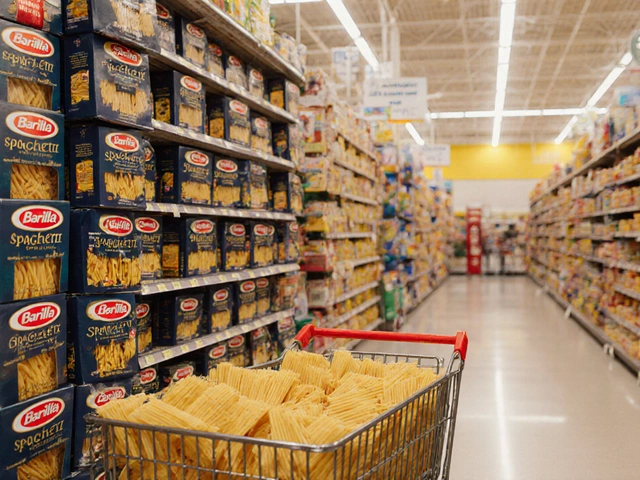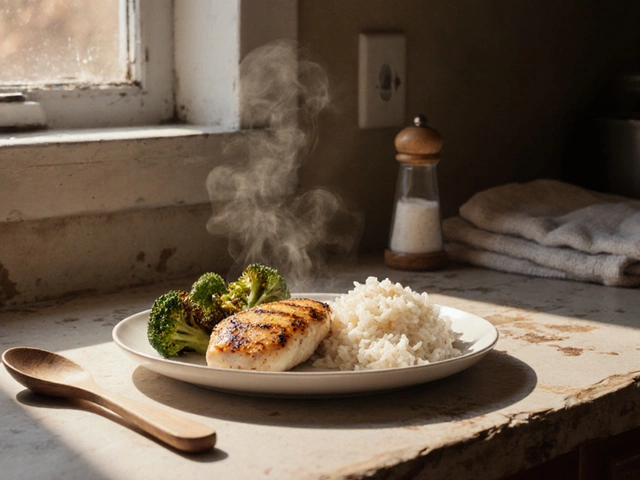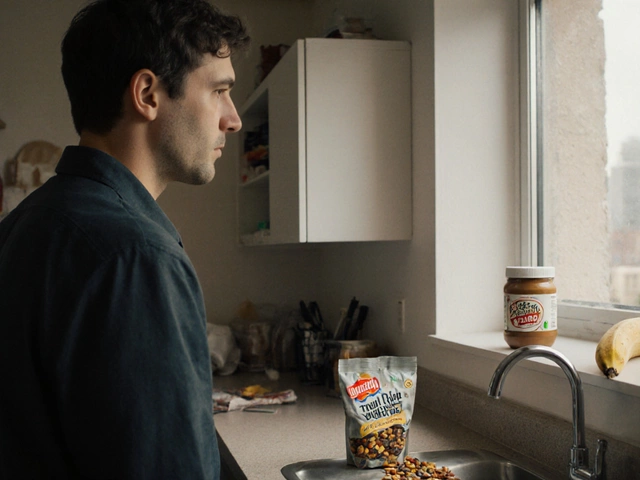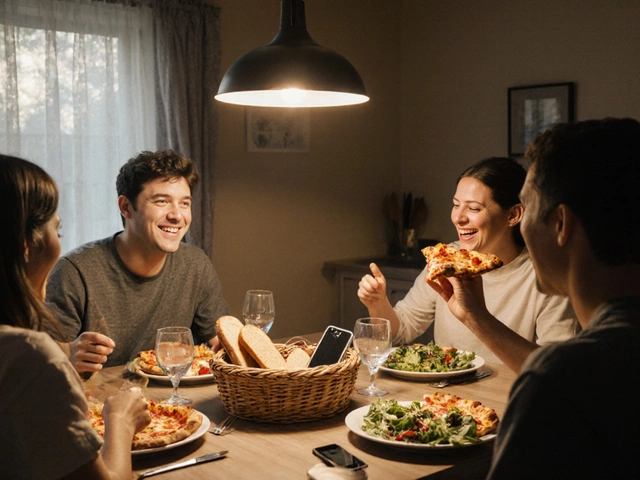Energy Efficient Cooking: Save Power, Save Money
Ever looked at your electric bill and wondered why cooking costs so much? The kitchen is a big energy hog, but you don’t need a complete remodel to fix it. With a few smart habits you can cut energy use, keep flavors strong, and still enjoy every bite.
Why Energy Efficiency Matters in the Kitchen
Cooking with less power does two things at once: it lowers your monthly costs and reduces your carbon footprint. When you use a tight‑fitting lid, a pot matches the burner size, or a pressure cooker does the work, you’re using heat more efficiently. That also means food cooks faster, so you waste less time and less gas or electricity.
Top Tricks for Lower‑Energy Cooking
1. Keep the lid on. A lid traps steam, letting food finish faster. One tip from slow‑cooker fans is to place a sheet of foil under the lid before you start. The foil creates a tighter seal, cuts steam loss, and gives you a richer, less watery stew.
2. Use the right pot size. If you’re boiling water for rice, choose a pot just big enough to hold it. A larger pot needs more heat to bring the same amount of water to a boil, wasting energy.
3. Cook in batches. Making a big pot of soup or beans and freezing leftovers uses the oven or stovetop once, but feeds you for days. It’s the same idea behind the "Frugal Dinner Ideas" article – one‑pot meals save both money and energy.
4. Embrace pressure cooking. Pressure cookers raise the boiling point, so foods cook in a fraction of the time. You’ll cut energy use dramatically, and the meals stay moist and flavorful.
5. Pre‑heat only what you need. Many recipes call for a hot oven, but you can often start cooking at a lower temperature and finish with a quick broil. In the "What Is a Normal Family Dinner Time?" guide, families saved time (and energy) by aligning meals with natural evening routines instead of waiting for a hot oven.
6. Use microwave wisely. Microwaves are the most efficient way to reheat leftovers. If you’re heating a single portion, the microwave uses far less power than a full oven.
7. Choose induction if you can. Induction burners heat the pan directly, so they’re faster and waste less heat than electric coils or gas burners.
8. Turn off the heat early. When boiling pasta, turn the burner off a minute before the timer and cover the pot. The residual heat finishes the cooking, saving a few minutes of energy.
9. Plan your menu. A good meal plan means you buy only what you need, reducing trips to the store and the energy spent on extra food storage. The "Smart Ways To Feed a Family of 4 On a Tight Budget" article shows that planning not only saves cash but also cuts the energy used for extra cooking sessions.
Start with one or two of these habits, and you’ll notice a lower bill within a month. The kitchen can be both delicious and green – you just need a few tweaks.
Ready to give it a go? Pick a recipe from our site, grab a lid, and watch the energy savings add up. Your wallet and the planet will thank you.
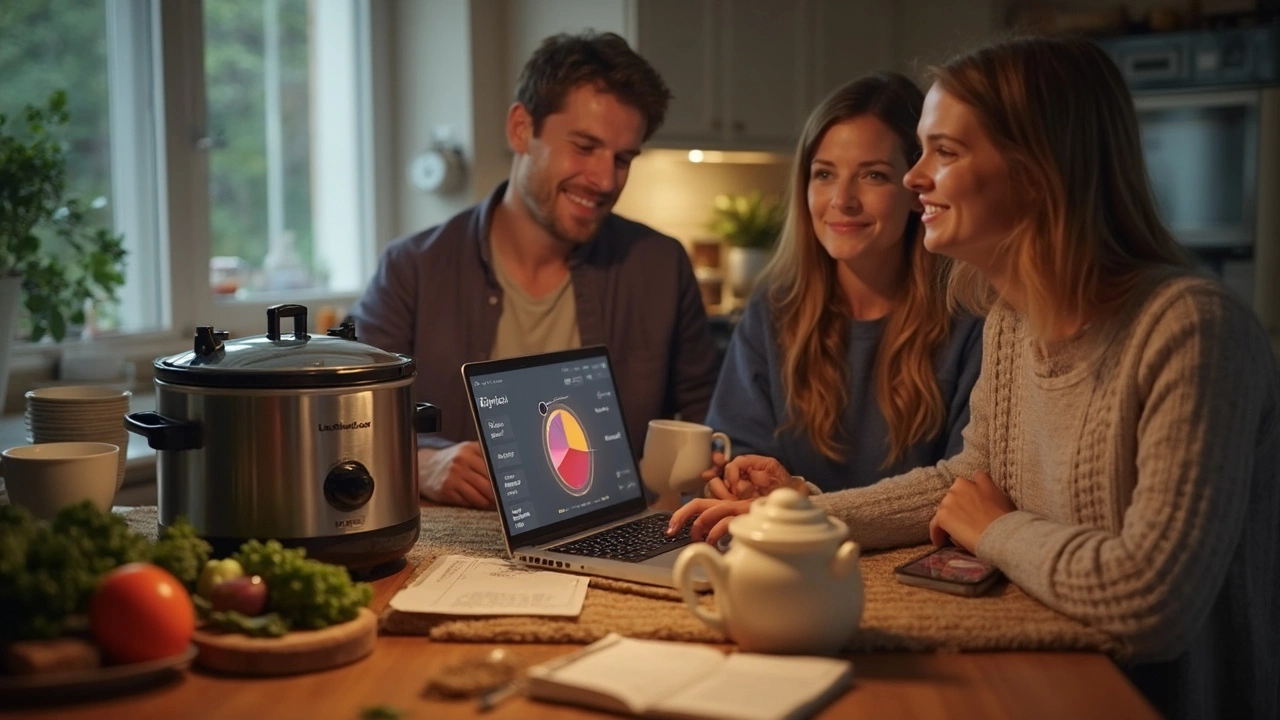
Do Slow Cookers Use a Lot of Electricity? Surprising Savings Explained
by Landon Weathers / 21 May 2025Ever wondered if your slow cooker is secretly running up your electric bill? This article breaks down exactly how much electricity slow cookers use and compares them to other kitchen appliances. You'll get real numbers, money-saving tips, and find out if these kitchen workhorses deserve their budget-friendly reputation. Discover how smart cooking can actually put more money back in your pocket. Get ready for practical advice you can use tonight.
